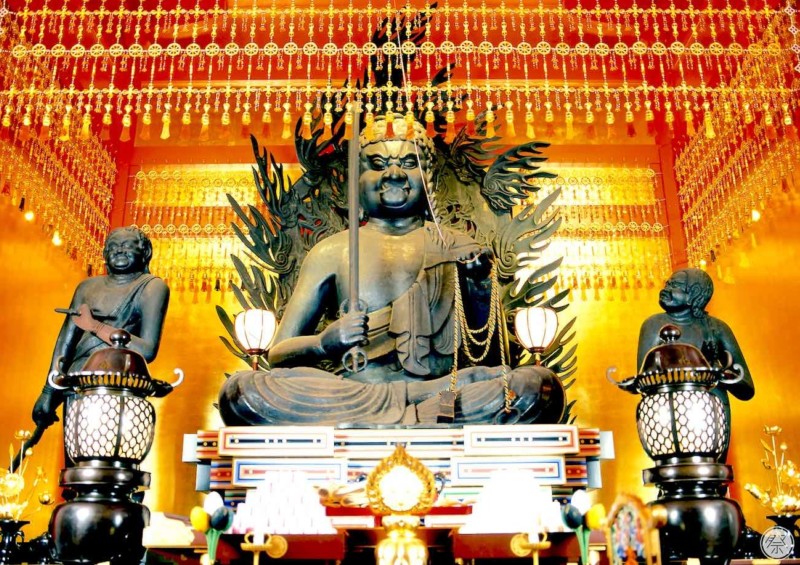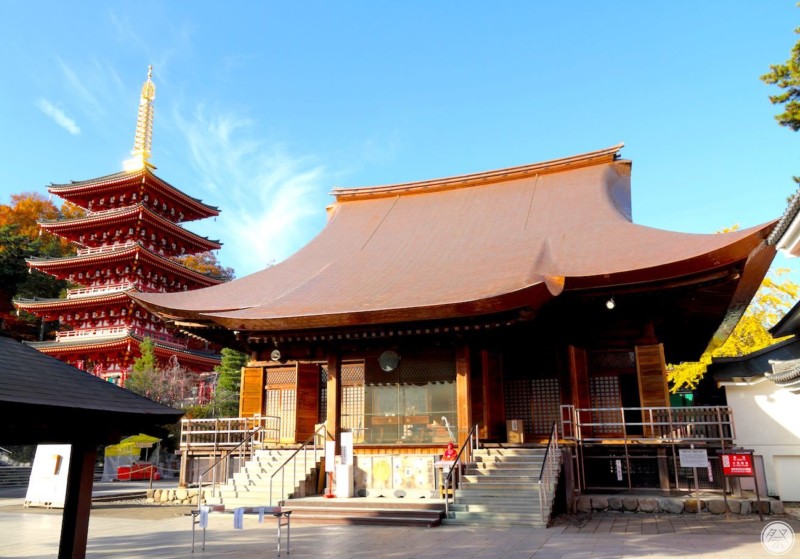Japanese have considered the day of the winter solstice, when the sun shines for the shortest time of the year, to also be a time where "life comes to an end." Since it also meant that nights were the longest during this period, it was more reminiscent of death than any other period. Because of this, the Japanese have the customs of praying for a safe and disaster-free year, having ceremonies to rid themselves of bad omens and taking measures to eat healthy and nutritious food. The Hoshi Matsuri, or Star Festival, at Takahatafudoson Kongo-ji Temple is also a Buddhist ceremony that prays to the stars for a healthy and safe year, and performs misfortune-ridding rituals. In this festival, however, "star" does not refer to the stars you see in the night sky, but to one's "star of destiny" for that year, which is decided by one's date of birth, according to Japanese astrology. The Star Mandala, a colorful and beautifully illustrated diagram, is used in this Gomaku ritual that is held around a bonfire into which offerings are thrown. The offerings are said to ride the flames and smoke up to the heavens to where the prayer maker's star of destiny for the following year resides, to deliver the their message. After a long sutra reading, visitors are offered a bowl of winter solstice Udon noodles to warm their bodies with.



Fudo Myo'o, otherwise known as the dharmapala Acala in English, is referred to with the nickname "Ofudo-san". The sword held in his right hand is said to sever people from their worldly desires, while the noose in his left hand is for saving the people who cannot save themselves from those desires. At the Takahatafudoson Kongo-ji Temple resides a massive sculpture of Fudo Myo'o weighing a whopping 1,100 kilograms who looks over the ritual as it is held.
Hats are not allowed to be worn inside the hall.
Photography is prohibited.
Access to Hino City
[Nearest Station]
Takahatafudo Station, on the Keio Line and Tama Monorail
Venue
Address: 733 Takahata, Hino City, Tokyo
3-5min walk from Takahatafudo Station